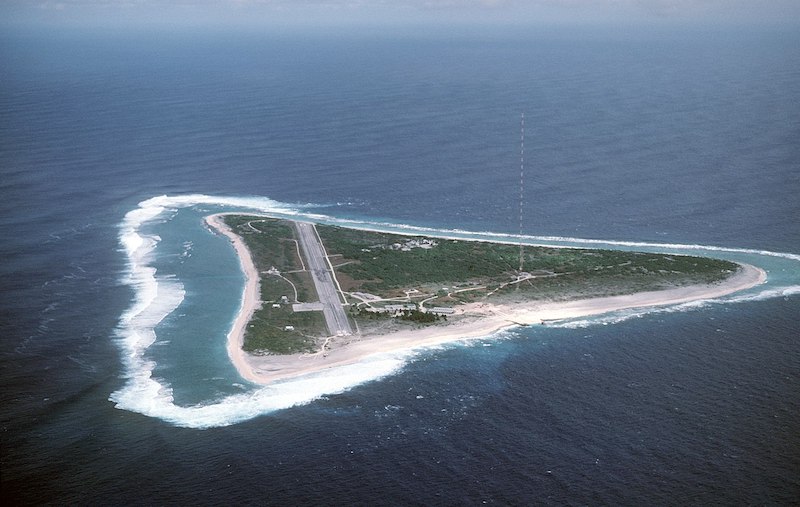Covid-19 has seriously infected China’s business community. In February, leading manufacturers hardly registered a heartbeat as vast swathes of the country went into lockdown.
But the big question now is will the economy flatline in the months ahead? Stay on life-support? Or make a robust recovery?
Initial indications appear to carry a health warning. Earlier this week, the influential China Beige Book released its findings from an independent survey of more than 3,300 Chinese companies for the first quarter. The “early look brief” made riveting reading.
“Merely describing these as the worst results in China Beige Book history does little justice to the pain being reported to us by over 3,300 firms. It’s more telling to traipse through the numbers. The big picture is eye-popping [with] indicators [contracting] virtually across the board, with every sector, every region, and every key headline metric down substantially both on-quarter and on-year,” the report revealed.
“Every one of those metrics fell to the lowest level we’ve ever seen, and crucially the results continued to deteriorate even into mid-March when most firms were re-opening and supposedly ‘back to work.’ Nationally, our revenue index plunged to -26 this quarter while profits dove in tandem, to -22. This is the first time in nearly a decade of tracking the economy that our headline metrics have sunk into contraction territory,” it continued.
‘Gets worse’
“Digging down, it only gets worse. Every individual sector has also seen deteriorating results since February, with revenue reports in property (-45) plummeting so hard they no longer fit on our chart. The plight of retail (-27) and services (-19) highlight the hit to consumption, but the industrial economy is doing just as poorly, with commodities at -27 and manufacturing the relative star at -17,” China Beige Book’s study added.
Official data from the National Bureau of Statistics illustrated the depth and breadth of the problem.
Combined numbers for January and February showed industrial production dropped by 13.5% for the first two months of the year, while retail sales plunged by 20.5%. The record-breaking fall continued when it came to fixed asset investment, which plummeted by 24.5%.
“There’s no evidence of (or logic behind) the household side being much healthier than the corporate side. The economy may see a turn upward towards [the first] quarter’s end but, for Q1 as a whole, a 10-11% GDP contraction is not unreasonable . not that the [National Bureau of Statistics] will say so,” China Beige Book stated.
“In Q1 our gauges for both skilled and unskilled labor supply dropped off a cliff. Even amidst rising layoffs, Chinese workers fear the workplace . Next quarter will see the script flipped from undersupply to oversupply from China,” it added.
But while the world’s second-largest economy is expected to crank up its awesome manufacturing machine ahead of Europe, North America and key parts of the Asia-Pacific region, the aftershocks of the Covid-19 pandemic will linger.
European Union
The 27 European Union countries are still battling the new coronavirus strain and are in various stages of lockdown. Hot spots include Italy, Spain and Francealong with Brexit Britain. For the United States, infected cases have soared to nearly 55,000. Overall, the global total has surged to around 435,000 with the death toll spiraling towards 20,000.
Fears of a worldwide recession have been brought into sharp focus by the International Monetary Fund and the Organisation for Economic Co-operation and Development, or OECD.
“The human costs of the coronavirus pandemic are already immeasurable and all countries need to work together to protect people and limit the economic damage. The outlook for global growth [in] 2020 is negative [with] a recession at least as bad as during the global financial crisis [more than a decade ago] or worse,” Kristalina Georgieva, the managing director of the IMF, said.
“But we expect [a] recovery in 2021. To get there, it is paramount to prioritize containment and strengthen health systems – everywhere. The economic impact is and will be severe, but the faster the virus stops, the quicker and stronger the recovery will be,” she added.
Angel Gurria, the secretary-general of the OECD, was just as blunt and warned that the economic fallout from the Covid-19 catastrophe would be long and painful.
“Even if you don’t get a worldwide recession, you’re going to get either no growth or negative growth in many of the economies of the world, including some of the larger ones, and therefore you’re going to get not only low growth this year, but also it’s going to take longer to pick up in the in the future,” he told the BBC news network.
For China, hitting a revised target of 5% GDP growth looks as distant as the Alpha Centauri binary star system. Even if President Xi Jinping’s government massages the figures, the economy looks certain to shrink for the first time in four decades.
Still, Beijing has put together a compelling cocktail of fiscal measures, centered around high-tech infrastructure investment, including speeding up the country-wide rollout of 5G. A spending splurge is likely to be backed by as much as 2.8 trillion yuan, or US$394 billion, of local government special bonds, according to a report from the Reuters news agency.
“[Yet] previous predictions, which dismissed the medium- and long-term drag on the world’s second-largest economy caused by the virus, were wishful thinking,” Zhang Anyuan, the influential economist who worked for the National Development and Reform Commission, wrote in a commentary for China Chief Economist Forum, a research institute under the powerful State Council’s umbrella.
In the meantime, China is on a drip-feed of stimulus in a move to stay ahead of the after-effects of an invisible enemy that has ravished the global economy.
























